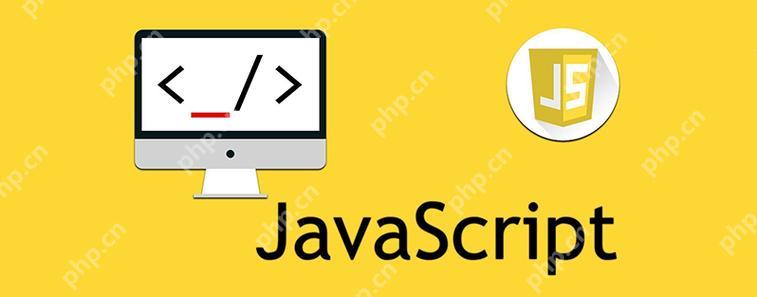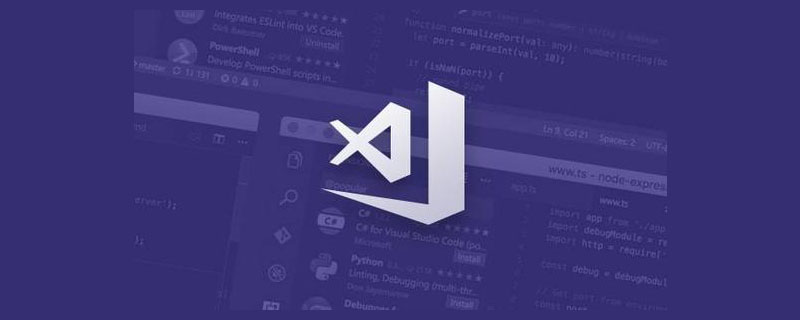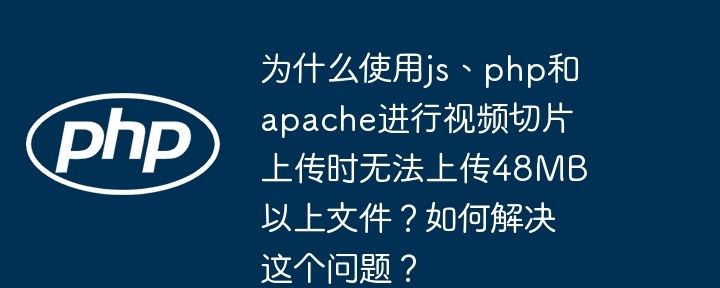在JavaScript中檢查變量類型主要使用typeof操作符,但需結合其他方法:1. typeof適用于基本類型。2. Array.isarray()檢查數組。3. 嚴格等于操作符(===)區分NULL。4. instanceof檢查類實例和日期對象。5. Object.prototype.tostring.call()處理復雜類型和跨上下文對象。6. isnan()檢查nan。

在JavaScript中檢查變量的類型是一個常見且重要的任務,尤其是在處理動態類型數據時。讓我們深入探討如何做到這一點,并分享一些我個人在實際開發中的經驗。
在JavaScript中,檢查變量類型的主要方法是使用typeof操作符,但它并非總是完美的解決方案。讓我們從基礎開始,然后逐步深入到一些更復雜的場景。
首先,我們需要理解typeof操作符的基本用法。這是一個非常簡單的例子:
立即學習“Java免費學習筆記(深入)”;
let num = 42; let str = "Hello"; let bool = true; let obj = {}; let arr = []; let func = function() {}; console.log(typeof num); // "number" console.log(typeof str); // "string" console.log(typeof bool); // "boolean" console.log(typeof obj); // "object" console.log(typeof arr); // "object" console.log(typeof func); // "function"
從上面的例子中可以看出,typeof對于基本類型(如數字、字符串、布爾值)非常有效。然而,對于對象和數組,它返回的是”object”,這在某些情況下可能會造成困擾。
在實際開發中,我經常遇到需要區分對象和數組的情況。這時,我會使用Array.isArray()方法來檢查是否為數組:
let arr = [1, 2, 3]; let obj = {key: 'value'}; console.log(Array.isArray(arr)); // true console.log(Array.isArray(obj)); // false
對于更復雜的類型檢查,比如區分普通對象和null,我們需要注意typeof null返回的是”object”,這是一個歷史遺留問題。在這種情況下,我通常會使用嚴格等于操作符來檢查:
let nullValue = null; let obj = {}; console.log(typeof nullValue); // "object" console.log(nullValue === null); // true console.log(typeof obj); // "object" console.log(obj === null); // false
在處理日期對象時,typeof也會返回”object”,所以我會使用instanceof操作符來檢查:
let date = new Date(); console.log(typeof date); // "object" console.log(date instanceof Date); // true
在實際項目中,我發現使用instanceof來檢查類的實例非常有用,特別是在處理自定義類時:
class MyClass { constructor(name) { this.name = name; } } let instance = new MyClass('example'); console.log(instance instanceof MyClass); // true
然而,instanceof在處理跨iframe或不同上下文的對象時可能會失效,因為每個上下文都有自己的原型鏈。這時,我會使用Object.prototype.toString.call()方法,它可以更準確地返回對象的類型:
let num = 42; let str = "Hello"; let bool = true; let obj = {}; let arr = []; let func = function() {}; let date = new Date(); let nullValue = null; console.log(Object.prototype.toString.call(num)); // "[object Number]" console.log(Object.prototype.toString.call(str)); // "[object String]" console.log(Object.prototype.toString.call(bool)); // "[object Boolean]" console.log(Object.prototype.toString.call(obj)); // "[object Object]" console.log(Object.prototype.toString.call(arr)); // "[object Array]" console.log(Object.prototype.toString.call(func)); // "[object Function]" console.log(Object.prototype.toString.call(date)); // "[object Date]" console.log(Object.prototype.toString.call(nullValue)); // "[object Null]"
在實際應用中,我發現Object.prototype.toString.call()是最可靠的方法,特別是在需要處理各種復雜類型時。然而,它的使用可能會使代碼變得冗長,所以我通常會將其封裝成一個輔助函數:
function getType(value) { return Object.prototype.toString.call(value).slice(8, -1); } let num = 42; console.log(getType(num)); // "Number"
在實際項目中,我還遇到過一些特殊情況,比如需要檢查是否為NaN。typeof NaN返回的是”number”,所以需要使用isNaN()函數來檢查:
let nanValue = NaN; console.log(typeof nanValue); // "number" console.log(isNaN(nanValue)); // true
在使用這些方法時,有一些需要注意的點:
- typeof操作符對于基本類型非常有效,但對于對象和數組需要額外的檢查。
- Array.isArray()是檢查數組的最佳方法。
- instanceof在大多數情況下可以用于檢查類的實例,但需要注意跨上下文的問題。
- Object.prototype.toString.call()是最通用的方法,但可能會使代碼變得冗長。
- 對于NaN,需要使用isNaN()函數進行檢查。
在實際開發中,我發現結合使用這些方法可以更全面地處理變量類型檢查問題。通過這些經驗,我總結出了一些最佳實踐:
- 盡量使用typeof來檢查基本類型,因為它簡潔且高效。
- 對于數組,使用Array.isArray()。
- 對于復雜類型和跨上下文對象,使用Object.prototype.toString.call()。
- 對于類實例,使用instanceof,但要注意其局限性。
- 對于NaN,使用isNaN()。
通過這些方法和經驗,我希望能幫助你更好地理解和處理JavaScript中的變量類型檢查問題。



















